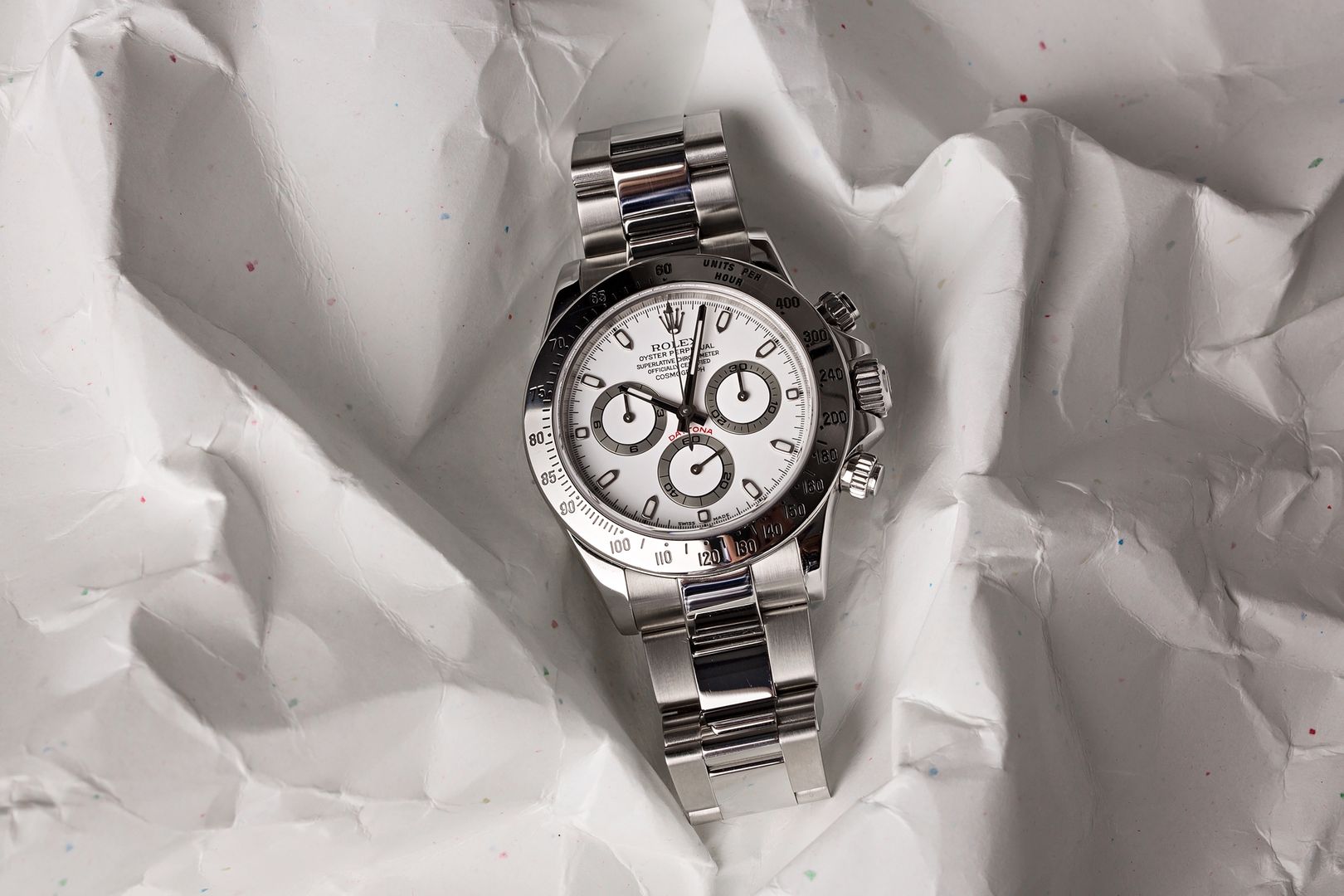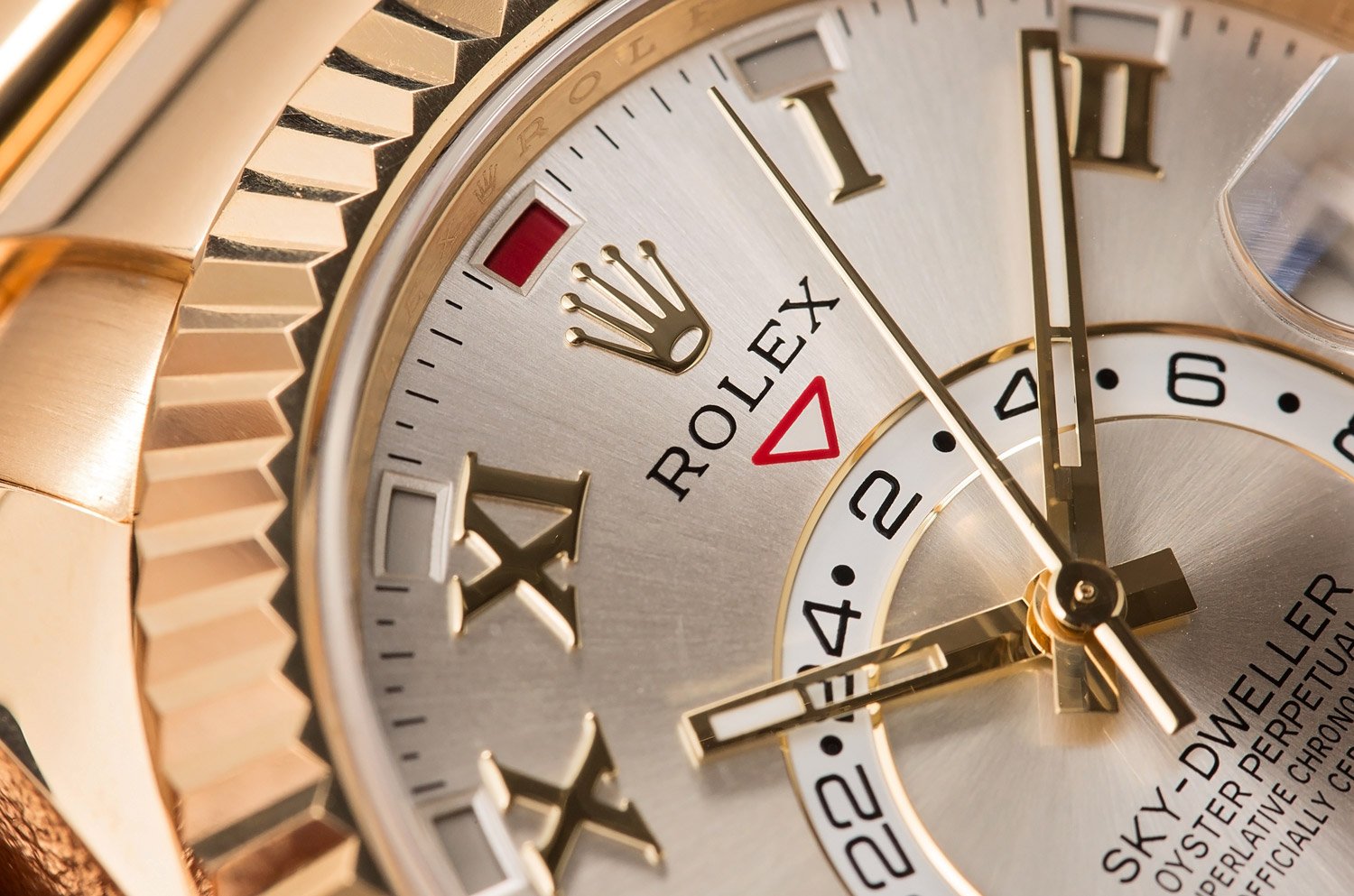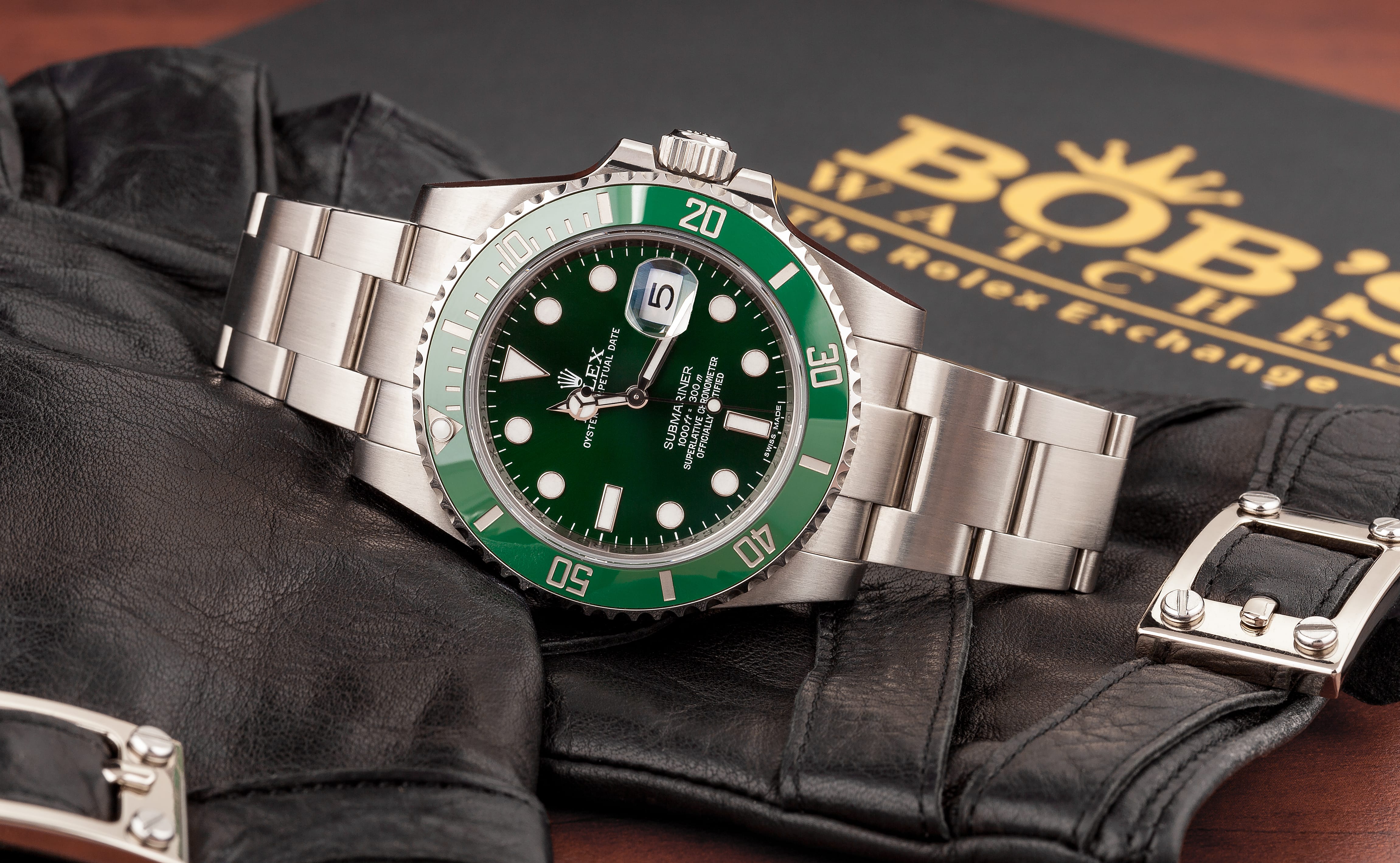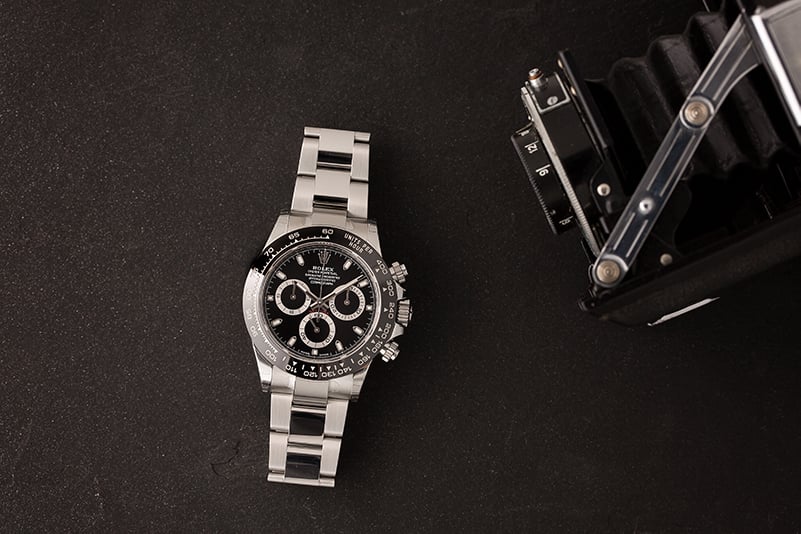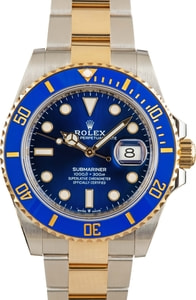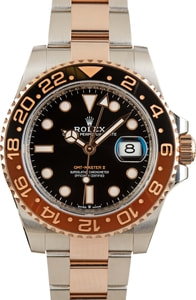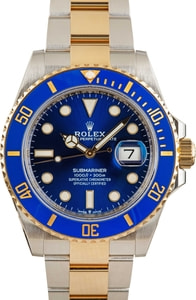Following the manually-wound Rolex Daytona lineup that made its debut in the early 1960s, Rolex unveiled the automatic Daytona collection in 1988. Gone were the Valjoux-based hand-wound movements inside of the Rolex Daytona in favor of Zenith El-Primero-based self-winding movements. The affectionately nicknamed ‘Zenith Daytona’ watches were around for 12 years until Rolex finally introduced a collection of automatic Daytona watches powered by their first in-house chronograph movement.
At first glance, the two generations of the automatic Daytona look the same, both following similar design blueprints. Yet, upon closer inspection, the Daytona dial reveals which movement lies inside the watch – which is practical given that Rolex watches never come with a transparent exhibition caseback. If you’re unsure how, read on to learn how to spot a Zenith movement inside a Rolex Daytona by looking at the dial.
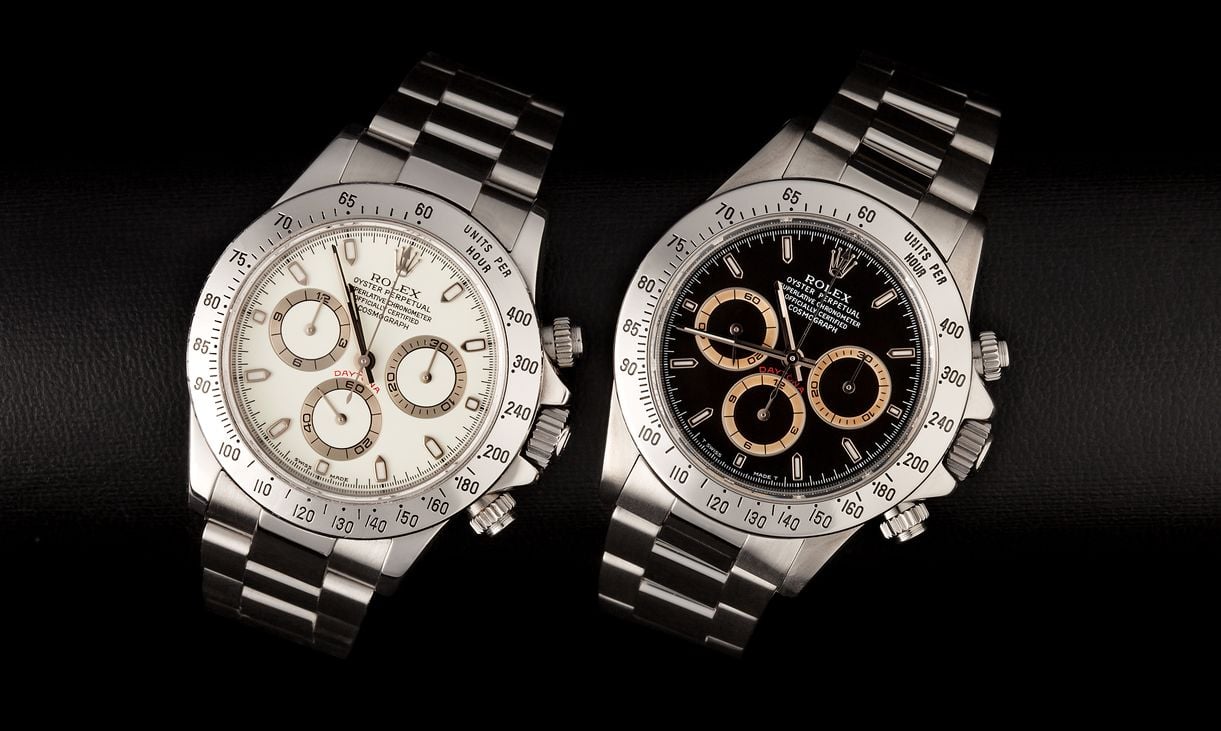
Rolex Caliber 4030 vs. Caliber 4130
The first batch of automatic Daytona watches housed the Rolex Caliber 4030, which was based on the El-Primero Caliber 400 by Zenith. Caliber 400 was, in fact, a resurrection (brought back in 1985) of the pioneering Zenith El-Primero Cal. 3019PHC made from 1969-1975. You may recall that Zenith was one of the first watchmakers (it’s an on-going debate in the watch world as to who can actually claim the title of the very first) to produce a self-winding chronograph movement in 1969.
Although the Zenith Caliber 400 was a fantastic self-winding chronograph movement, Rolex did heavily modify it according to the needs of the Daytona. After all was said and done, only about 50% of the original base remained. Some of the most noteworthy modifications included reducing the frequency rate from 36,000 beats per hour to 28,800bph, removing the date function, and adding a new escapement with a Breguet overcoil. The Caliber 4030 uses a lateral clutch chronograph system and has a 54-hour power reserve. Zenith Daytona watches have five-digit reference numbers (165xx) and were produced from 1988 until 2000.
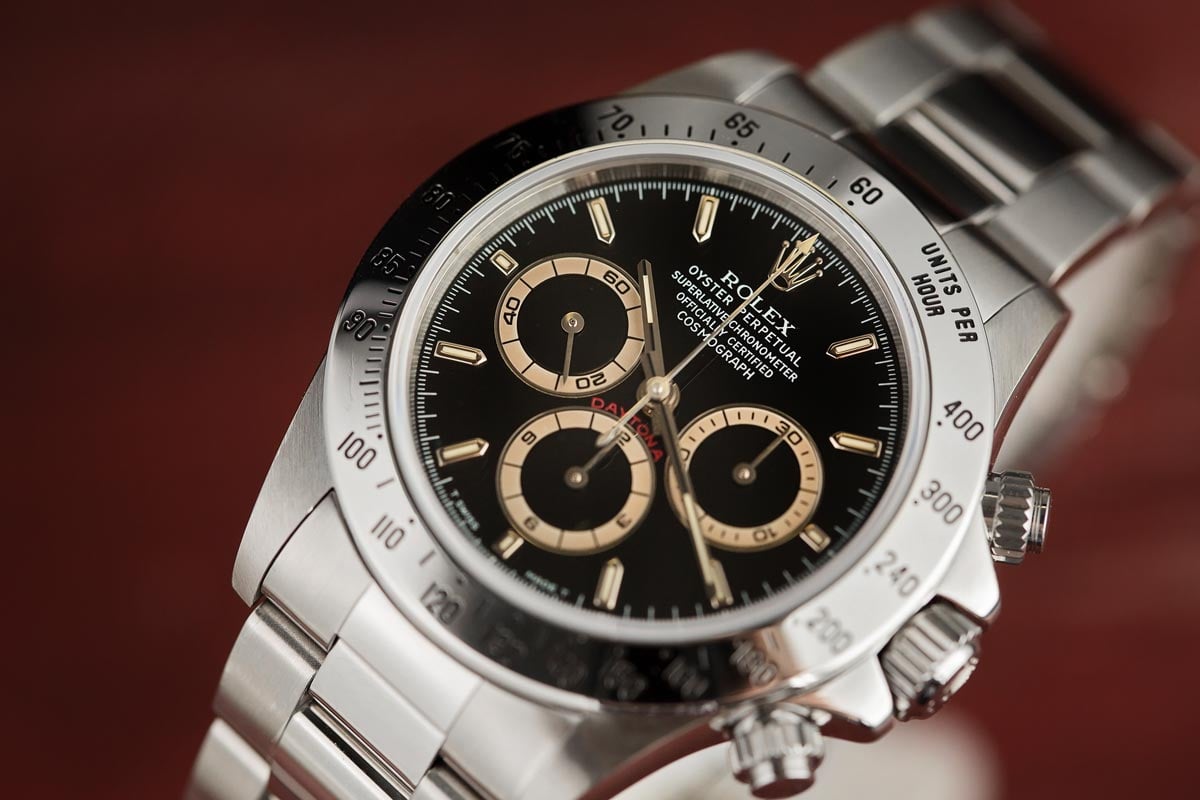
It took Rolex five years to develop the in-house Caliber 4130, which made its debut in 2000 inside the new generation Daytona watches with six-digit reference numbers (1165xx). Compared to the 4030, the Caliber 4130 provided great improvements in terms of performance, power reserve, and serviceability.
First of all, in direct contrast to its predecessor, Caliber 4130 uses a vertical clutch chronograph system. This system not only permits the chronograph to run for long periods with no influence on the watch’s timekeeping accuracy, but it also eliminates the jitteriness of the chronograph hand when it starts/stops/resets. Rolex also increased the size of the mainspring barrel inside the 4130 to supply an increased 72-hour power reserve.
Additionally, Rolex reduced the number of parts inside the movement to facilitate servicing. Almost two decades after it was first released, the in-house Rolex Caliber 4130 still stands as one of the best self-winding chronograph movements ever made.
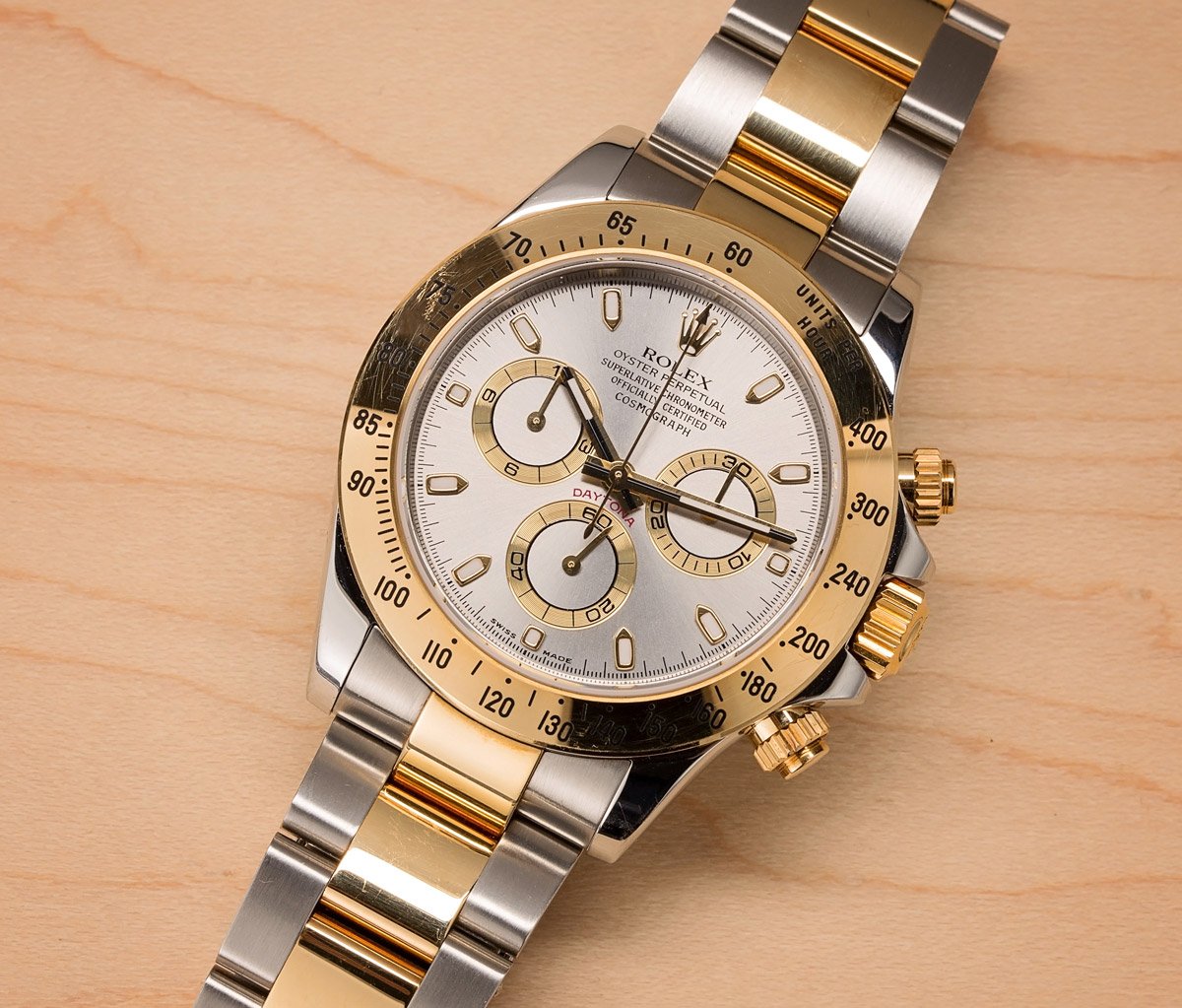
Zenith Daytona Dial Differences
As chronographs, both the Caliber 4030 and the Caliber 4130 Daytona models have a trio of subsidiary dials on the dial in the familiar 3, 6, and 9 o’clock layout. However, looks-wise, the order of the sub-dials is what distinguishes the Zenith Daytona from the in-house Daytona.
On the Zenith Daytona watches, the 30-minute counter is located at 3 o’clock, the 12-hour counter is located at 6 o’clock, and the running seconds is located at 9 o’clock. On the in-house Caliber 4130 Daytona watches, the running seconds is located at 6 o’clock and the 12-hour counter is located at 9 o’clock – those two sub-dials switched positions while the 30-minute counter remained in its original location.
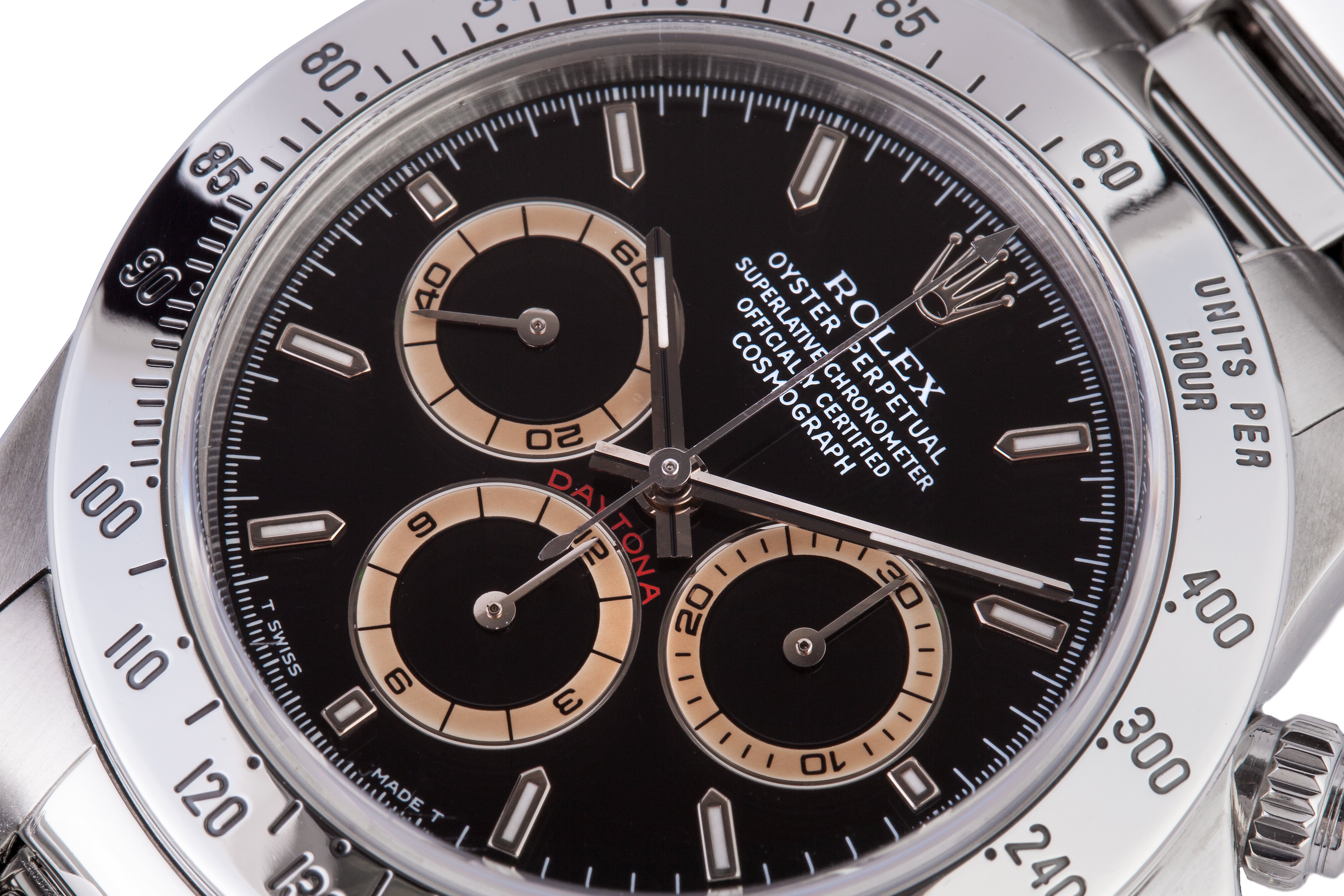
So the quickest way to spot a Zenith movement inside a Rolex Daytona by looking at the dial is checking to see if the running seconds is indeed at 9 o’clock.
The Zenith Daytona watches also have slimmer hour markers than their successors, and the placement of the three registers is more centered compared to the slightly off-centered placement of the later Daytona ref. 116xx models. Finally, the sub-dial rings on the stainless steel Zenith Daytona ref. 16520 are black on the white dial versions and off-white on the black dial versions while silver rings are used on the subsequent stainless steel Daytona ref. 116520.
There you have it, a simple way to distinguish the early Zenith Daytona watches from the later in-house movement-powered Daytona watches without having to open up any casebacks!
